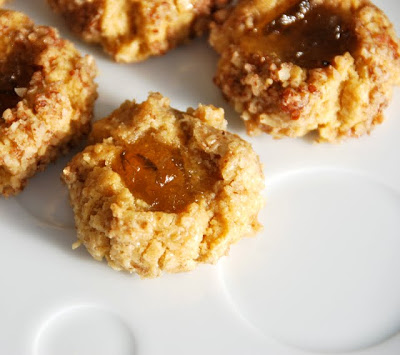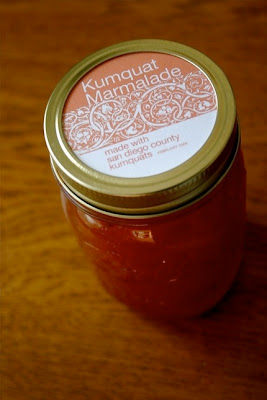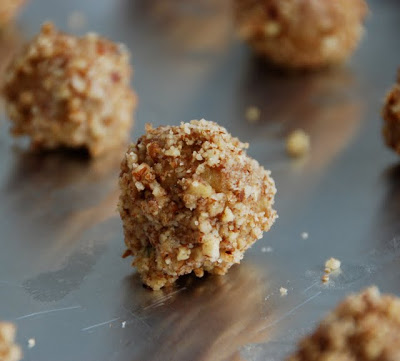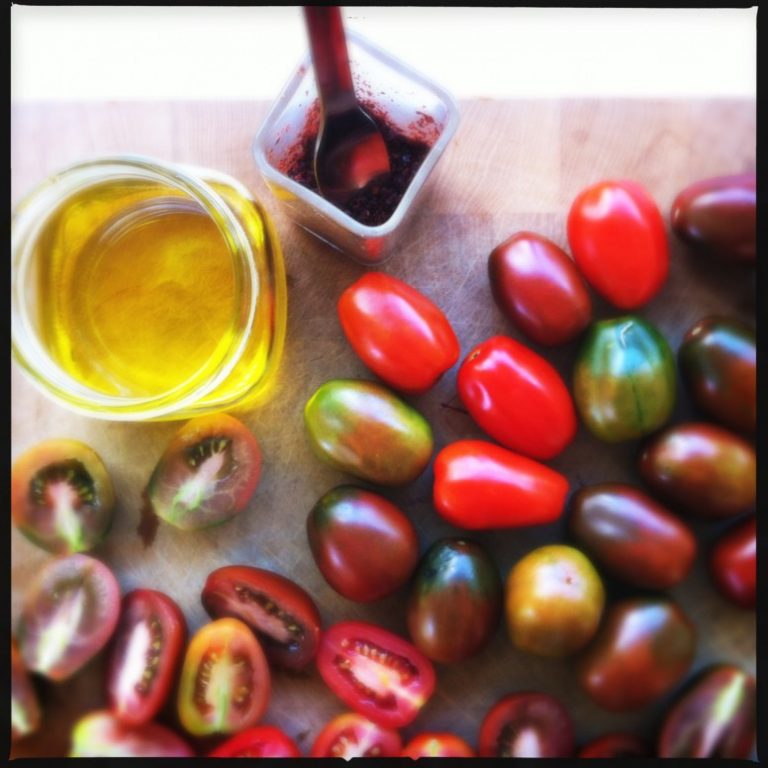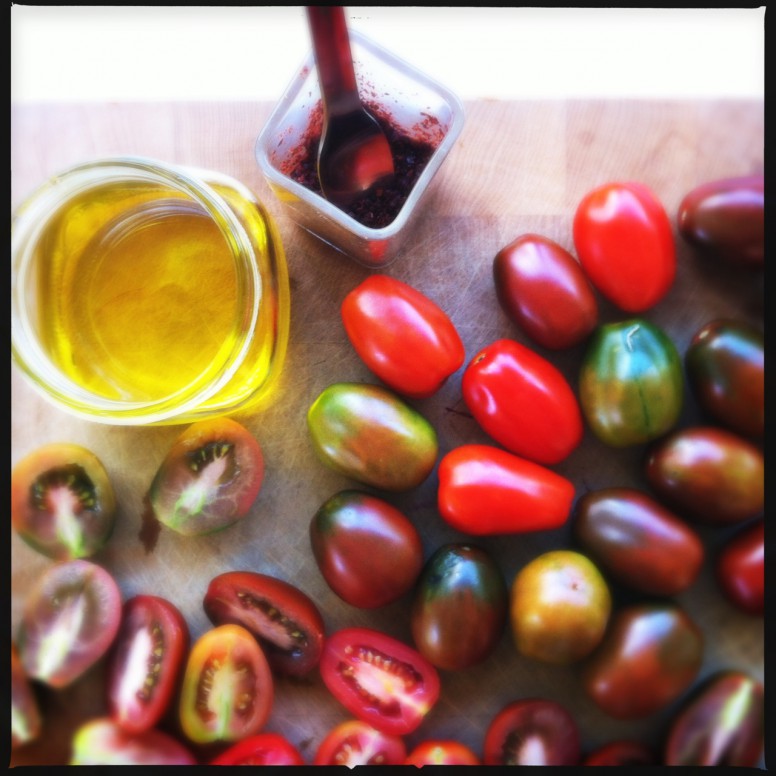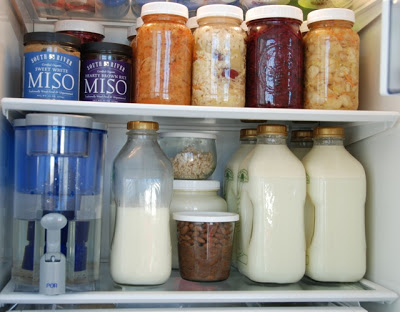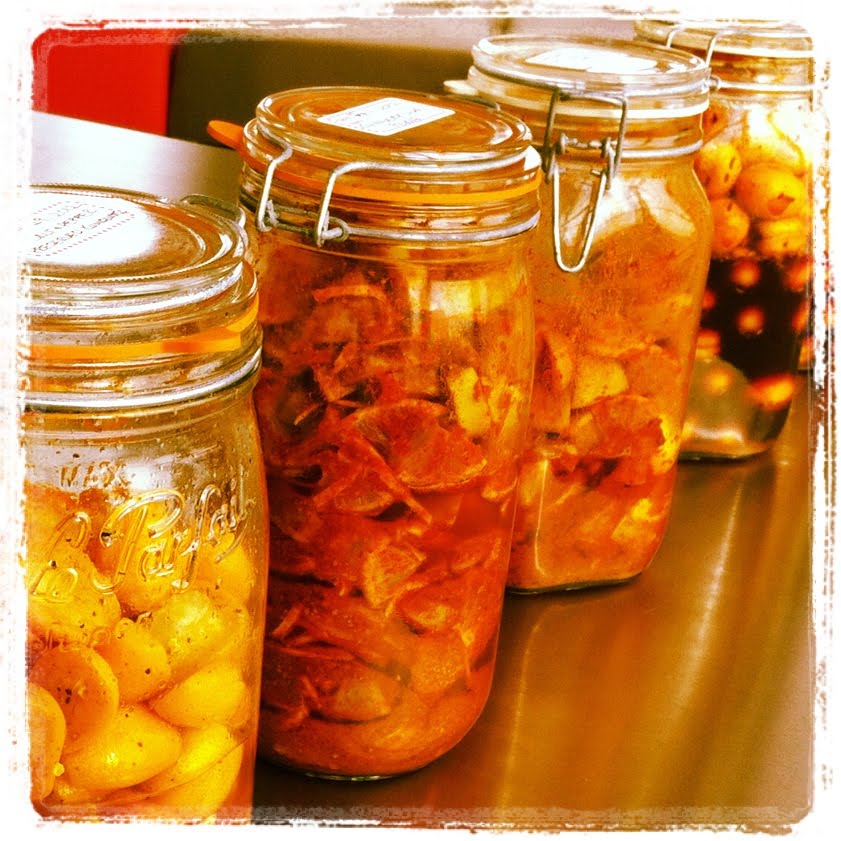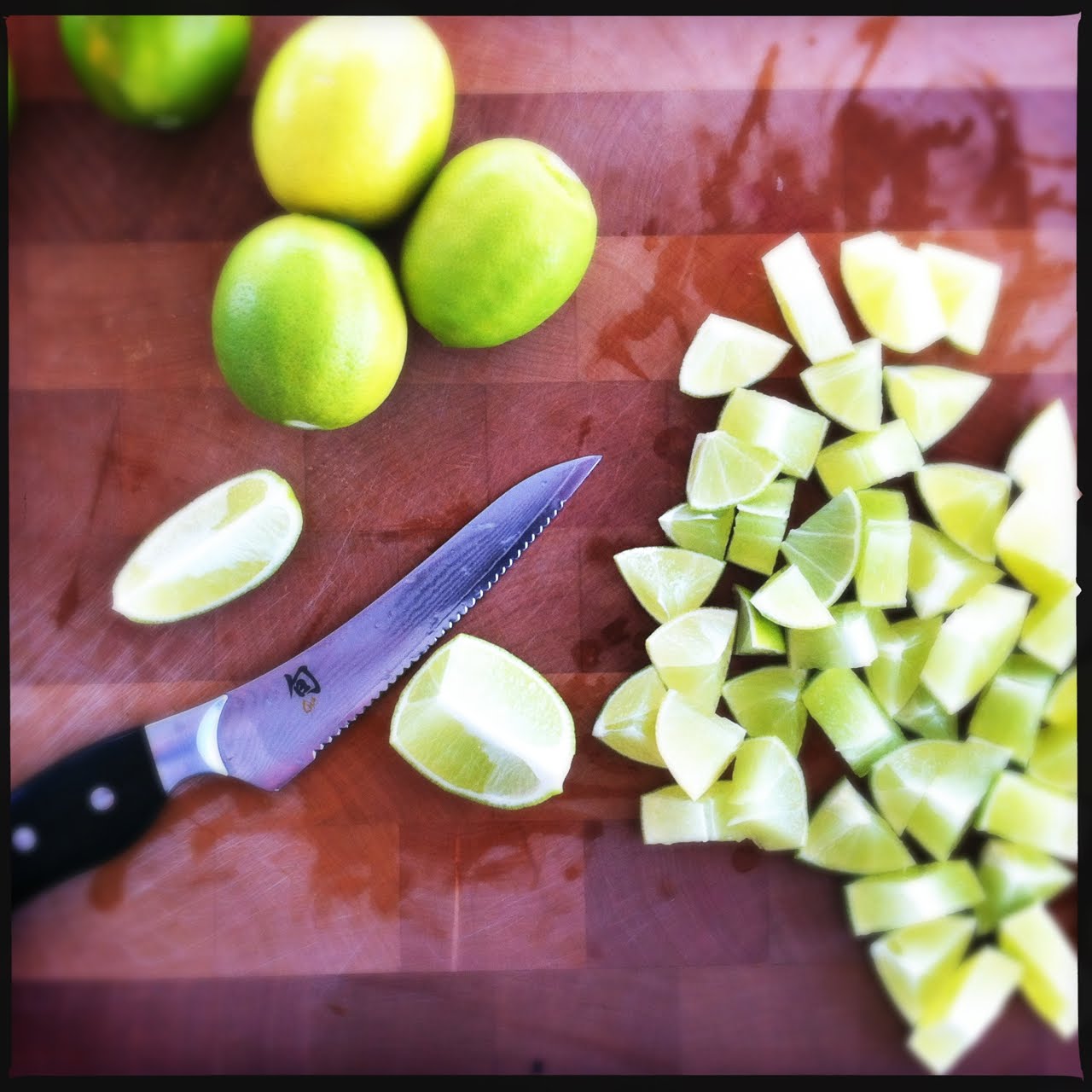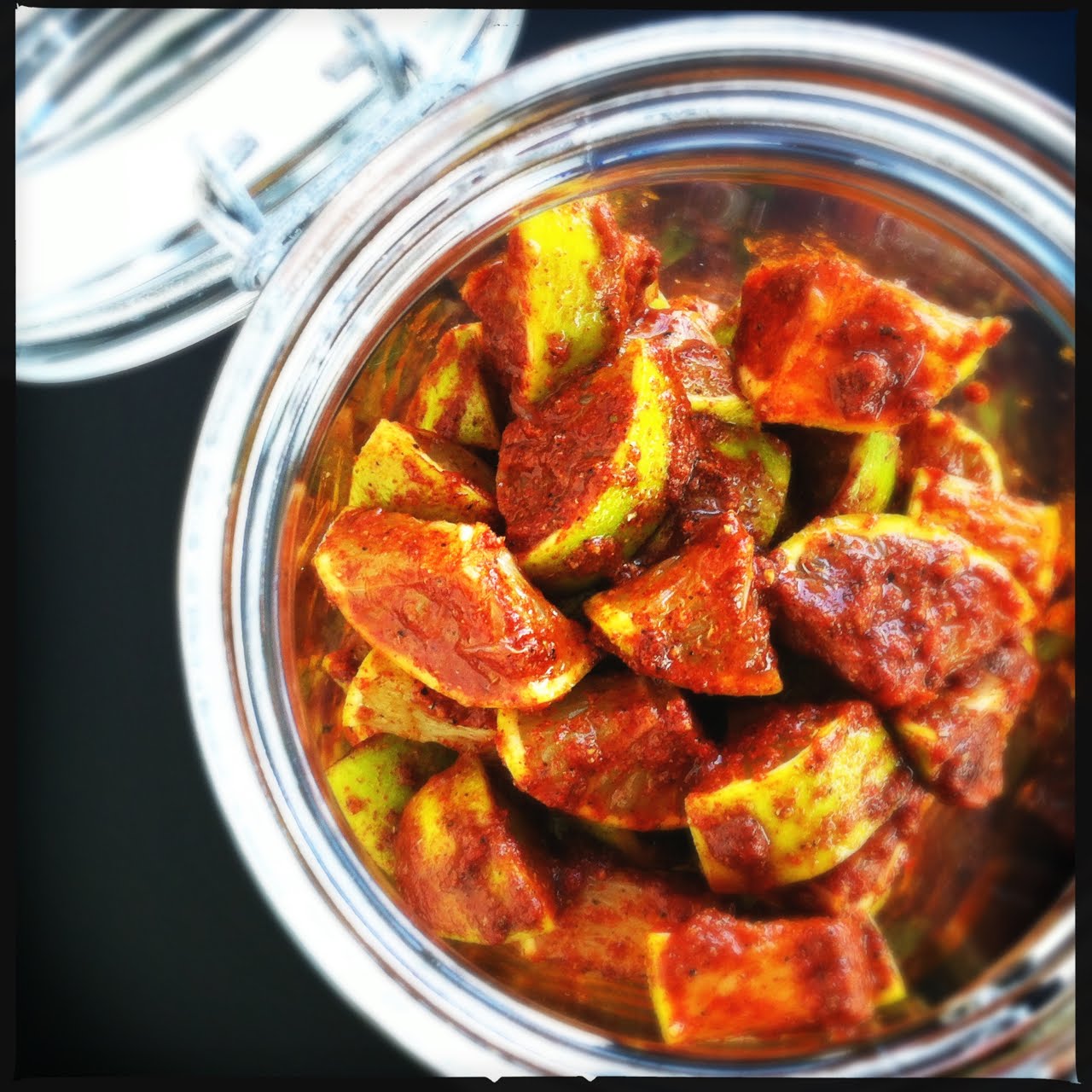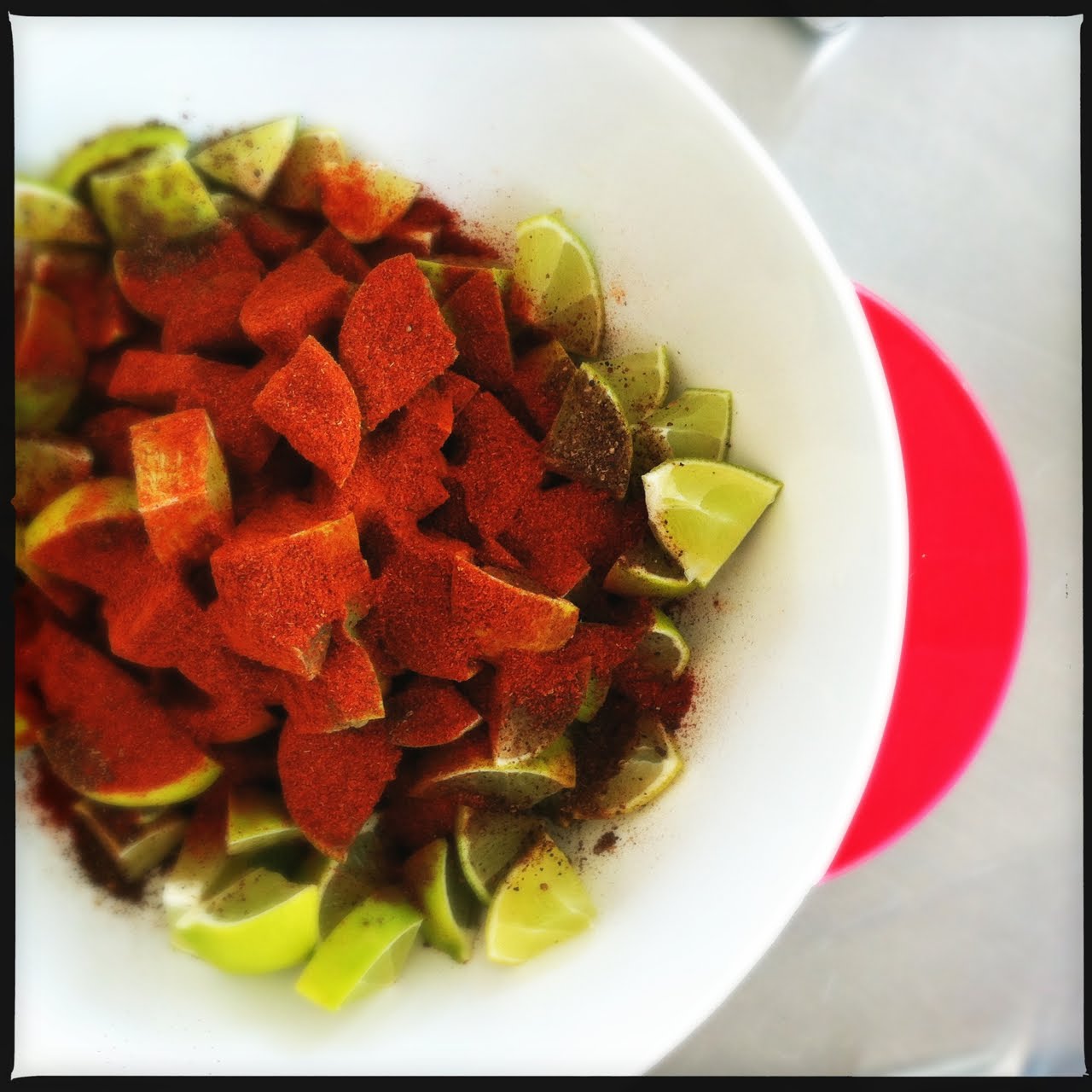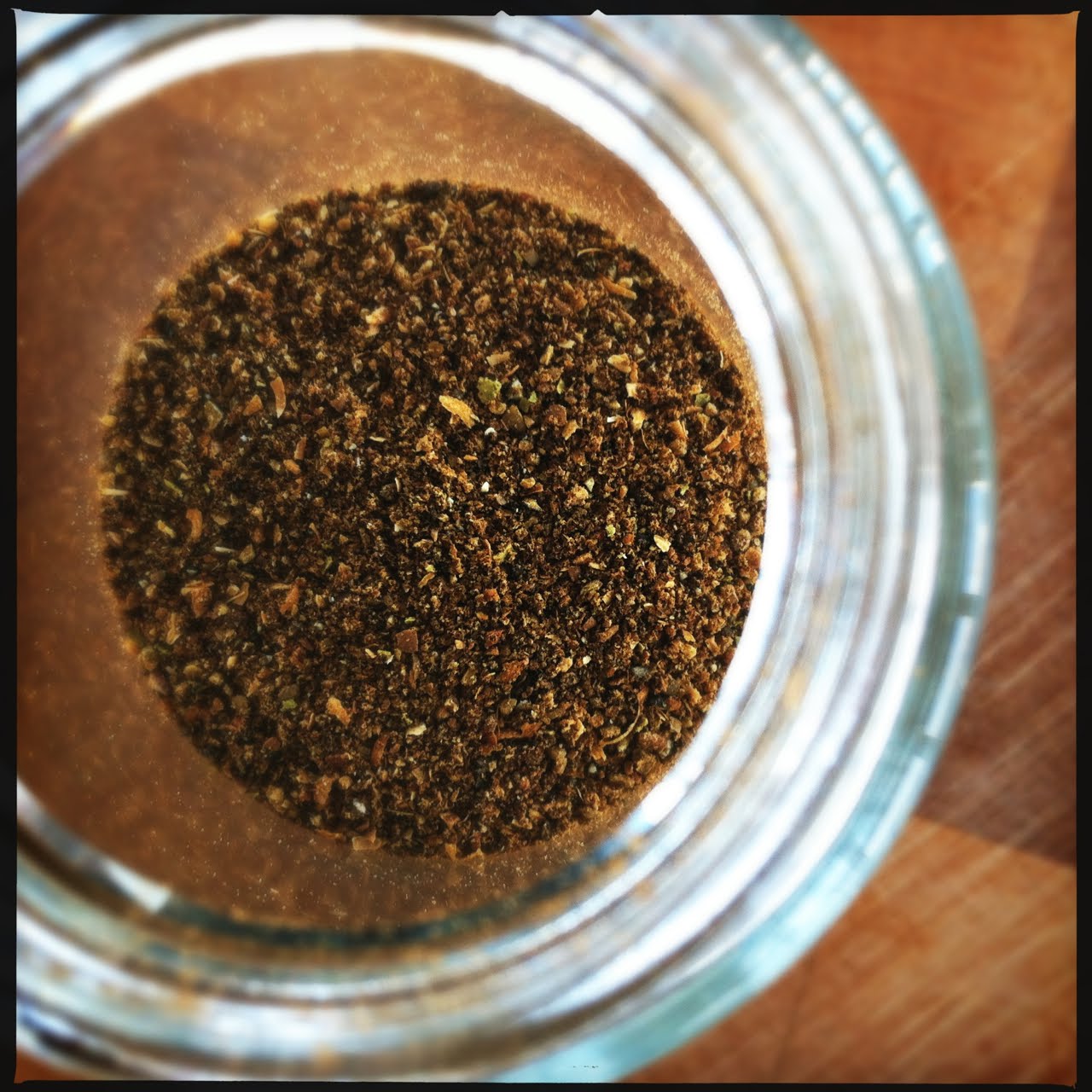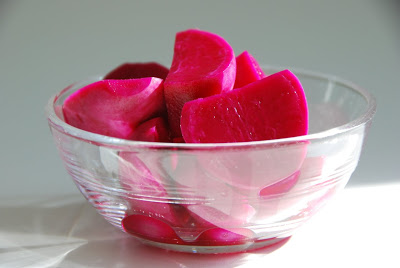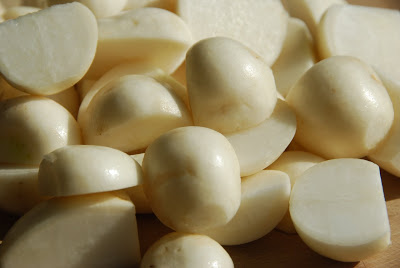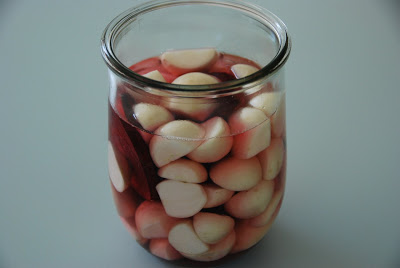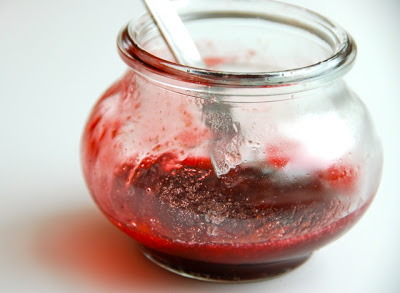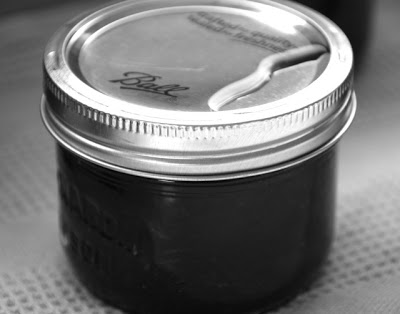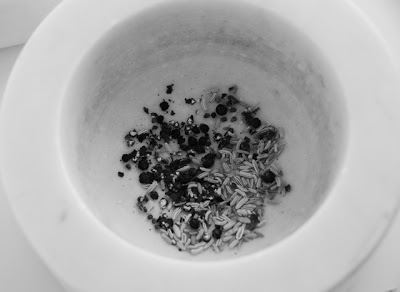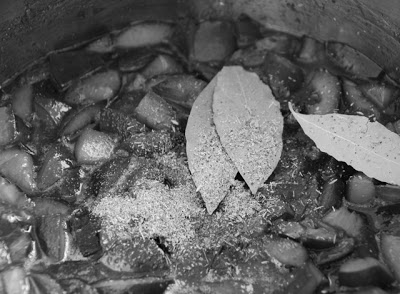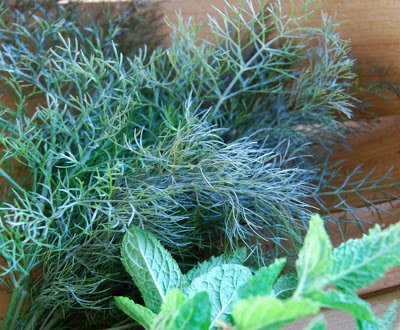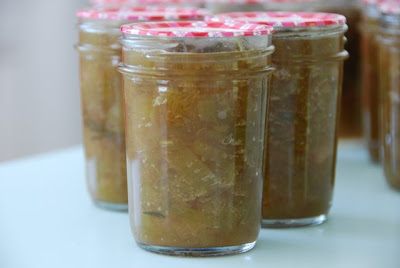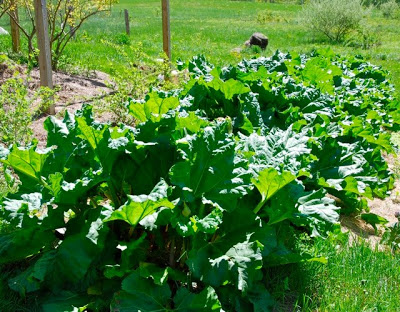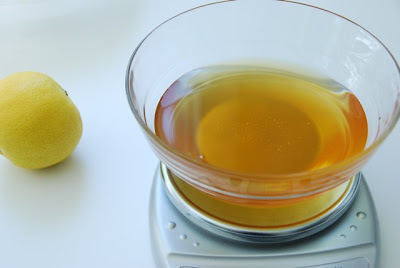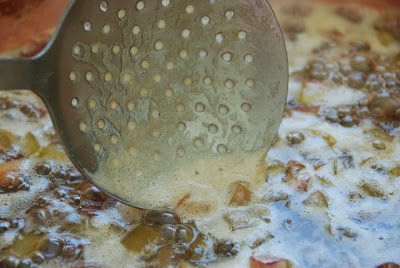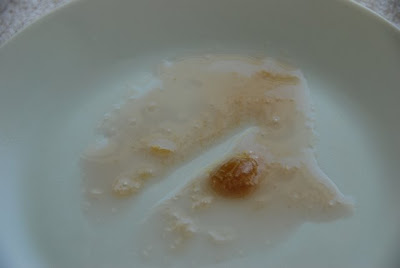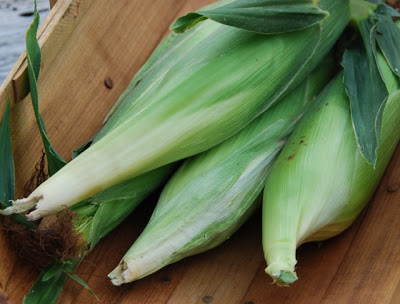 I’m not sure how many of you know that scones & biscuits are my secret obsession. Basically, I love me a good scone.
I’m not sure how many of you know that scones & biscuits are my secret obsession. Basically, I love me a good scone.
Throughout this summer, I’ve been lucky enough to get quart upon quart of fresh raw cream from my neighboring farmer’s brown swiss and jersey girls (wait that sounds like a reality tv show, no?) and have been working the cream scone weekly, experimenting with varying types of flours etc.
My favorite by far is with the addition of a good quality medium stone ground cornmeal. It adds just the right texture – a bit of toothsome grit – a heartiness if you will, that melts into the lightness of the cream perfectly. But the clincher came last week when the morning after a robust veggie grilling session, I was left with 2 ears of sweet summer corn – salt & pepper corn to be exact.
Off the cob those little kernels came and into my scone dough they went. Heaven…
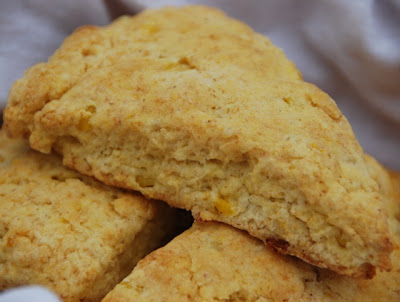 Cream Corn Scones
Cream Corn Scones
1/2 cup medium stone ground cornmeal
1 tablespoon baking powder
2 tablespoons sugar
1/2 teaspoon sea salt
5 tablespoons cold unsalted butter, cut into approximately 1/4 inch chunks
1 cup corn kernels (approximately)
1. Preheat oven to 425 degrees – if you have a baking stone put it in the oven now.
2. Place flour, corn meal, baking powder, sugar & salt in the bowl of a food processor with steel blade, and pulse 5 times to mix. If mixing by hand, place in a bowl and whisk.
3. Add butter chunks to food processor bowl and pulse 10-12 times until mixture resembles a course meal – some of the butter pieces can even be small pea size. The trick is not to over pulse. If mixing by hand use the two knife method or a pastry cutter to achieve the same.
4. Transfer to a large bowl and quickly stir in corn and add cream. I like to do this with my hand – pour the cream in the bowl, place hand in the center of the bowl with finger tips together. At this time start with small circles and then gradually go wider (this is a traditional Indian way of mixing flat bread dough and works wonders for all kinds of dough mixing). The absolute moment all or most of the dry ingredients are mixed in – stop stirring. Doing this will ensure you get scones not bones! 😉
5. Turn onto a floured surface and as quickly as possible knead into a ball – gathering any loose dough, like 2 or 3 kneads only. Then flatten into a round 1/4 inch thick.
6. I like my scones rustic looking – simply take a knife or dough scraper and pie-cut into 8 triangles.
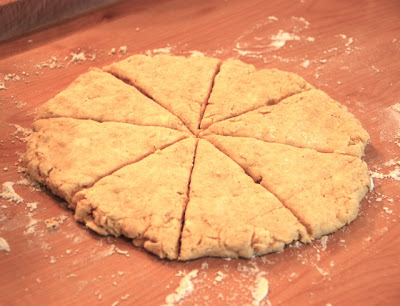 7. If your baking stone is in the oven, place individual scones directly on stone. If you’re not using a baking stone, place on an ungreased baking sheet and put in oven. Bake for 12-15 minutes. You’ll know they are done because the tops brown ever so slightly.
7. If your baking stone is in the oven, place individual scones directly on stone. If you’re not using a baking stone, place on an ungreased baking sheet and put in oven. Bake for 12-15 minutes. You’ll know they are done because the tops brown ever so slightly.
8. Last but not least, place on wire rack and cool for at least 5 minutes. If you can.
This is the perfect way to utilize that extra cob or two left over from a meal, try them once and I think you’ll make certain you have some leftover. These scones do not need a thing on them – they are a sheer celebration of summer corn. But blueberry & corn are an unmatched match in my opinion, so if you wanna jam on it, you could top with blueberry jam or even this luscious curd.
If you are in the mood for baking, then check out more of my recipes here.
